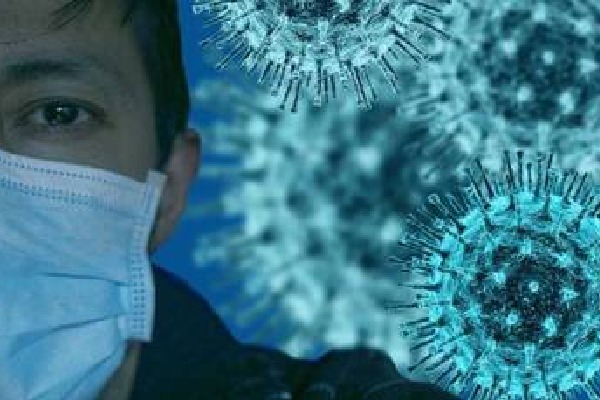
The new JN.1 wave - an explainer : WHO classified JN.1 as a separate variant of interest (VOI) from the parent lineage BA.2.86
Don't Miss
Agencies, NEW DELHI, DECEMBER 23, 2023 : JN.1, from the lineage of Omicron variant of Covid, is rapidly driving a large share of the current winter wave of Covid-19infections across the globe.
First detected in Luxembourg in August, it is currently present in about 41 countries, including in India.
Due to its rapid spread, the World Health Organization (WHO) has classified JN.1 as a separate variant of interest (VOI) from the parent lineage BA.2.86. It was previously classified as VOI as part of BA.2.86 sublineages.
The WHO said JN.1 could increase the burden of respiratory infections in many countries.
The variant is also driving the number of infections in India. On Saturday, India saw a single-day rise of 752 coronavirus infections, the highest since May 21, 2023, while the active caseload has increased to 3,420, according to Union Health Ministry data.
Twenty-two cases of JN.1 (21from Goa and 1 from Kerala) have been detected in the country till December 21.
JN.1 is a descendent lineage of BA.2.86, with the earliest sample collected on 25 August, 2023.In comparison to BA.2.86,JN.1 has the additional L455S mutation in the spike protein, making it more transmissible.
However, no signs of new or unusual symptoms caused by the virus have been reported yet. So far, the symptoms reported are mostly restricted to upper respiratory tract infections.
According to the US Centers for Disease Control and Prevention (CDC), changes to the symptoms being caused by different Covid variants depend on the now wide-ranging variety of antibodies that people have from either vaccinations, prior infections by different variants, or both."
The types of symptoms and how severe they are usually depend more on a person's immunity and overall health, rather than which variant causes the infection," the
CCDC said in a report earlier this month on the JN.1 strain.
Dr. Dipu T.S., Associate Professor, Division of Infectious Diseases, Amrita Hospital, Kochi, told IANS that "common symptoms associated with JN.1 include fever, coughing, tiredness, nasal congestion, runny nose, diarrhoea, and headaches".
Since other seasonal respiratory illnesses like influenza and RSV are doing the rounds, how these symptoms differ depend on whether people are specifically testing positive for Covid versus other infections, U.K. Health Security Agency's Jonathon Mellor said on X.
JN.1 now makes 44 per cent of cases in the US, as per CDC estimates"
JN.1's continued growth suggests that the variant is either more transmissible or better at evading our immune systems than other circulating variants. It is too early to know whether or to what extent JN.1 will cause an increase in infections or hospitalisations," the CDC said on Friday.



0 Response to "The new JN.1 wave - an explainer : WHO classified JN.1 as a separate variant of interest (VOI) from the parent lineage BA.2.86"
Post a Comment
Disclaimer Note:
The views expressed in the articles published here are solely those of the author and do not necessarily reflect the official policy, position, or perspective of Kalimpong News or KalimNews. Kalimpong News and KalimNews disclaim all liability for the published or posted articles, news, and information and assume no responsibility for the accuracy or validity of the content.
Kalimpong News is a non-profit online news platform managed by KalimNews and operated under the Kalimpong Press Club.
Comment Policy:
We encourage respectful and constructive discussions. Please ensure decency while commenting and register with your email ID to participate.
Note: only a member of this blog may post a comment.